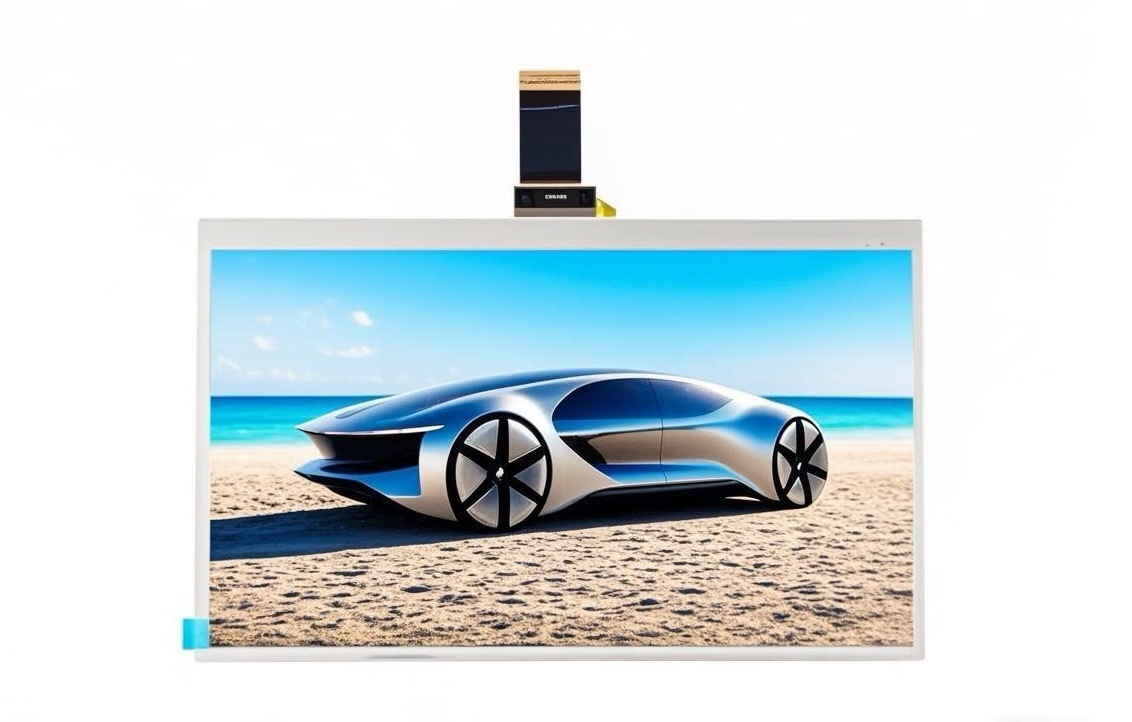Automotive Grade TFT Display Enhances Safety Connectivity and Driving Experience
Aug 11,2025
Automotive Grade TFT Display Driving the Future of In-Vehicle Technology
In the rapidly evolving automotive industry, the demand for advanced display technology has grown significantly, driven by the need for better driver information systems, enhanced passenger entertainment, and improved safety features. Among the most important innovations is the automotive grade TFT (Thin-Film Transistor) display. Built to withstand the rigorous conditions of vehicle environments, these displays combine high resolution, wide viewing angles, and robust durability to deliver exceptional performance on the road.
An automotive grade TFT display is specifically engineered to operate in extreme temperature ranges, typically from -40°C to +85°C, ensuring consistent performance in both freezing winters and scorching summers. They also feature high brightness levels — often exceeding 1,000 nits — for excellent visibility even under direct sunlight, a critical requirement for dashboards, infotainment systems, and navigation screens. Anti-glare and anti-reflective coatings further enhance readability, reducing driver distraction and improving overall safety.
One of the defining characteristics of automotive grade TFT displays is their ability to resist mechanical shock and vibration. Unlike consumer-grade screens, these displays are designed with reinforced glass and rugged housing, making them suitable for years of use in demanding driving conditions. Additionally, their long lifespan and low power consumption help meet automotive manufacturers’ requirements for energy efficiency and reliability.
The integration of capacitive touch technology has also transformed the way drivers and passengers interact with their vehicles. Multi-touch functionality enables intuitive gesture controls such as pinch-to-zoom, swipe, and tap, making navigation through complex menus faster and more convenient. Combined with advanced HMI (Human-Machine Interface) software, automotive TFT displays allow seamless integration with voice commands, steering wheel controls, and wireless connectivity.
In the era of smart and connected vehicles, automotive grade TFT displays play a central role in delivering real-time information. Whether displaying navigation maps, ADAS (Advanced Driver Assistance System) alerts, rear-view camera feeds, or entertainment content, these displays ensure clarity and responsiveness. Modern designs also support customizable layouts, allowing drivers to prioritize the information most relevant to their driving needs.
From a design perspective, TFT displays are now available in various shapes and sizes, including curved and ultra-wide panels, to match modern vehicle interiors. Flexible and transparent display technologies are on the horizon, promising even more integration with futuristic dashboard concepts. Manufacturers are also working toward OLED-TFT hybrids, combining the rich colors and deep contrast of OLED with the ruggedness and longevity of automotive TFT standards.
Looking ahead, automotive grade TFT displays will continue to evolve alongside electric and autonomous vehicle technologies. With higher resolutions, improved energy efficiency, and smart features such as augmented reality overlays, future in-vehicle displays will offer a more immersive and safer driving experience. As the automotive industry embraces digital transformation, the automotive grade TFT display will remain an indispensable component in shaping the cars of tomorrow.
Key words:
Recommended
Automotive Grade TFT Display Enhances Safety Connectivity and Driving Experience





